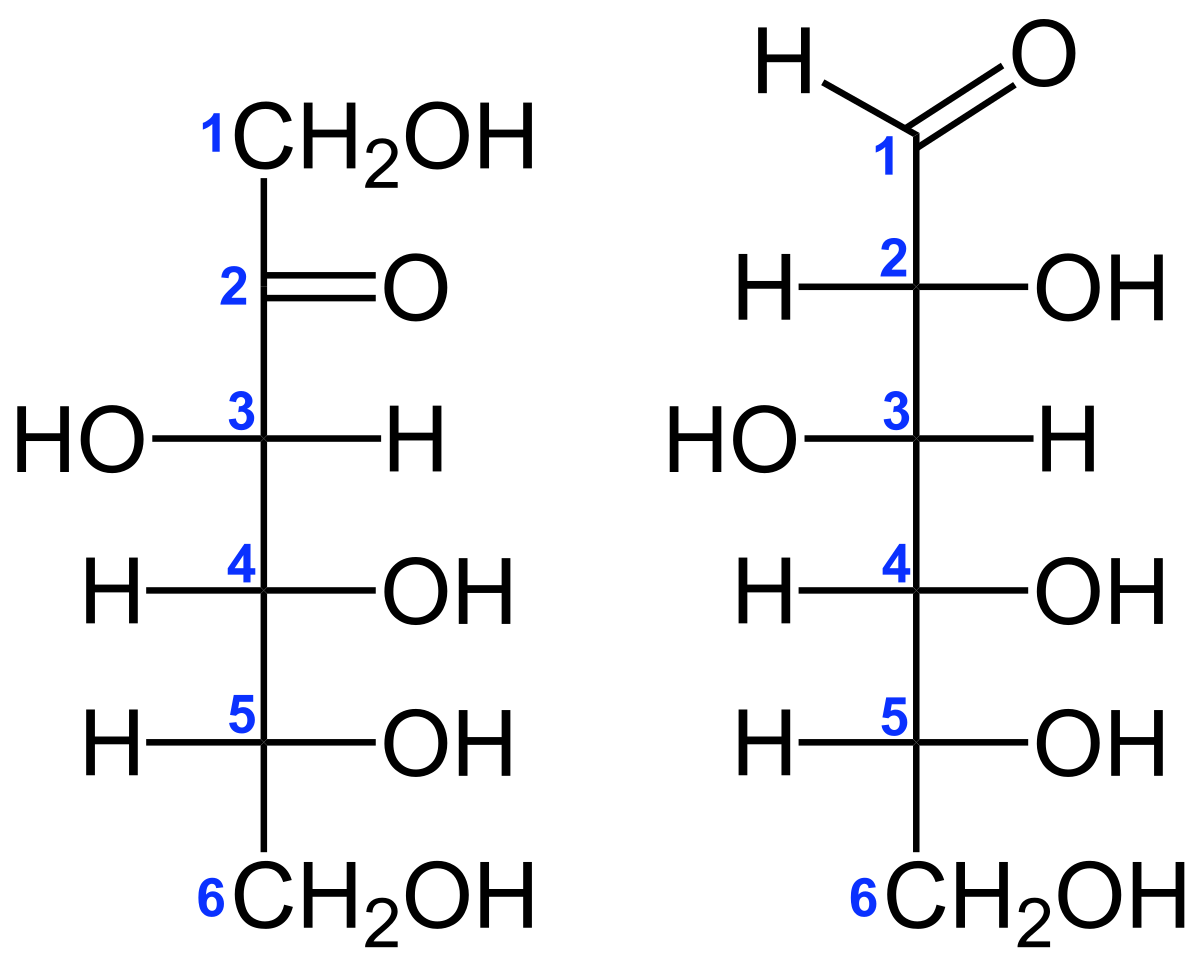
Fructose
Excess fructose damages the liver and leads to insulin resistance in the liver as well as fatty liver disease. In fact, fructose has the same effects on the liver as.
Bayonetta 2 esrb rating. Bayonetta 2 is a brilliantly designed action experience. Easily the most visually sophisticated game yet made for Wii U, its lush and dynamic environments and intricately detailed characters rival those of action games made for much more powerful platforms. Bayonetta 2 is the sequel to Bayonetta and will be released exclusively for the Nintendo Wii U. The game has players take control of Bayonetta as she battles the angel forces in a variety of.
Written by Michael R. Peluso, Ph.D.; Updated December 27, 2018Related Articles
- 1 Carbohydrates In Figs
- 2 Function of Sucrose
- 3 The Digestion & Absorption of Sucrose
- 4 Products That Contain Fructose
Fructose and sucrose are carbohydrates that are commonly referred to as simple sugars. The sugars do not require any significant digestion, and both can rapidly enter your bloodstream and be utilized for energy in your tissues. Fructose and sucrose are routinely used by the food industry as additives to sweeten foods. Excessive intake of sugar-sweetened foods can increase your blood triglyceride level, increase fat accumulation in your tissues and raise your risk for developing Type 2 diabetes.
Fructose
Fructose is called fruit sugar because of its presence in fruits. Fructose is a monosaccharide, meaning it is a single sugar molecule consisting of six carbon atoms, six oxygen atoms and 12 hydrogen atoms. In addition to fruits, fructose may be present in your diet as part of a food additive called high-fructose corn syrup. The fructose that you eat can be directly absorbed through your small intestine into your blood. The process of fructose absorption can be very rapid if the source of fructose is high-fructose corn syrup. Fructose absorption from fruits is less rapid because of the presence of fiber and other phytonutrients in fruit.
Sucrose
Sucrose, also called table sugar, is a disaccharide consisting of one molecule of glucose linked with one molecule of fructose. Glucose has a chemical composition identical to that of fructose, but the atoms are arranged differently. Dietary sucrose is broken down into glucose plus fructose by an enzyme called sucrase present in the walls of your small intestine, and the two sugars are absorbed into your blood. An increase in blood glucose stimulates insulin secretion from your pancreas to facilitate glucose transport into your tissues, whereas fructose in your blood does not tend to stimulate pancreatic insulin production.
Metabolism
Just like sucrose, the carbohydrate composition of high-fructose corn syrup is about half fructose and half glucose. The fructose and glucose in fruit, sucrose and high-fructose corn syrup gives your body four kilocalories of energy per gram of sugar, regardless of the source. Fructose and glucose are metabolized for energy in your cells through three sequential processes called glycolysis, the citric acid cycle and the electron transport chain. The energy is stored in a molecule called ATP. However, when your tissue ATP levels are high, instead of being metabolized for energy, fructose and glucose are converted into fatty acids that are assembled into triglycerides for tissue storage.
Health Effects
In your liver, excess calories from glucose and fructose are used for the production of triglycerides, and some of the triglycerides are shipped into your blood with lipoproteins. Lipoproteins then distribute the triglycerides throughout your body. Thus, extra calories from sucrose- and fructose-sweetened foods can increase fat accumulation in your blood, liver, muscles and fatty tissues, which increases your risk for developing diabetes and heart disease. If you like sugar-sweetened foods, don’t overeat them, and make sure that you are consuming these foods along with healthier alternatives containing fiber such as whole-grain foods, vegetables and fruits.
References (10)
About the Author
Michael Peluso is a semi-retired scientist in the field of nutritional biochemistry. He received his M.S. in nutrition from the University of California, Davis and Ph.D. in nutrition from the University of Missouri. Peluso's work has appeared in scholarly publications such as the 'Journal of Nutrition,' 'Lipids' and 'Experimental Biology and Medicine.'
